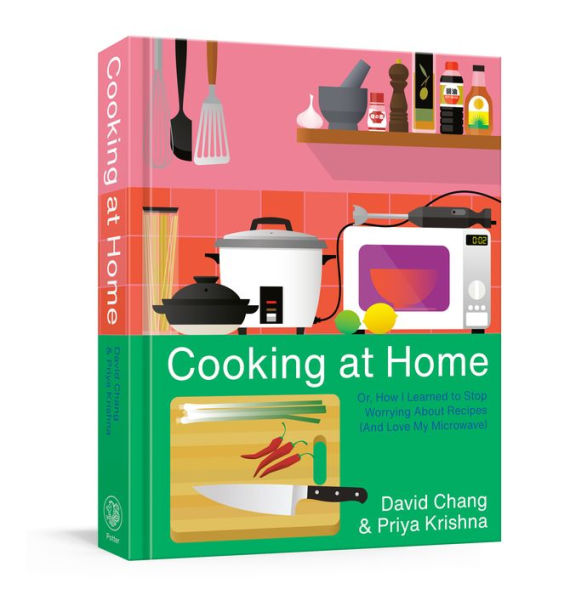Table of Contents
Preface 8
Introduction 11
Some Thoughts on How to Use This Book (Don't Skip This Part!!) 25
The Single Most Important Thing to Learn: How to Season 33
Our Favorite Ingredients 41
A Good Equipment Checklist for Any Kitchen 55
Science Says: Don't Follow a Recipe 61
FAQs on Food Safety 67
How I Cook Most Meat, or, The Tempur-Pedic Test 73
But What's Actually Happening When You're Blasting a Hunk of Brisket on High Heat? 85
Brisket 88
Chicken 116
Beef Chuck 136
Pork Butt 146
Short Ribs 166
Oxtails 174
Ground Meat and Marinated Meat, or, How to Turn Lemons into Lemonade 184
Build a Better Marinade 203
The Rules for Marinating Meat (There Are None) 206
Another Great Use for Thinly Sliced Meat: Shabu Shabu 210
Things I Love to Microwave (I Will Chuck Almost Anything into a Microwave) 215
How Does a Microwave Work, Anyway? 221
Please, I'm Begging You: Clean Your Microwave 225
Rice 226
While We're Talking About Rice, Let's Talk About Fried Rice 234
Chicken Thighs 236
Chawanmushi 248
Other Things I Love to Microwave 251
Who Actually Has a Local Fishmonger? (Not Me! A Realistic Approach to Seafood Cooking) 253
Clams and Mussels 256
Steamed Fish 264
A Quick Plug for Asian Clay Pots (and Two One-Pot Meals to Make in One) 268
Frozen Shrimp 270
Your Freezer Is Your Pantry 277
How to Properly Freeze Food 279
Cooking Great Vegetables Even When All You've Got Is Less-Than-Ideal Produce 283
Method 1 Braise 286
Method 2 Raw 290
Method 3 Stir-Fry 294
Method 4 Pickle 300
Method 5 Microwave 306
Stop the Peeling Madness 313
What Can't Button Mushrooms Do 317
How to Love Frozen Vegetables: Quit Thawing Them 319
You Can Apply My Meat-Cooking Philosophy to Beans, Lentils, and Even Vegetable Soups 322
If I'm Not Eating Rice, I'm Probably Eating Noodles (Often Both: Double Starch Forever) 335
The Least-Intimidating Bread Recipe 351
Making Flatbread According to Science 361
How to Make a Condiment 365
Mayo-Based Condiments 367
Vinegar-Based Condiments and Vinaigrettes 367
Chile-Based Condiments 369
A Few Other Things I Love to Make 375
Afterword 388
Real Experts 389
Acknowledgments 391
Index 392









